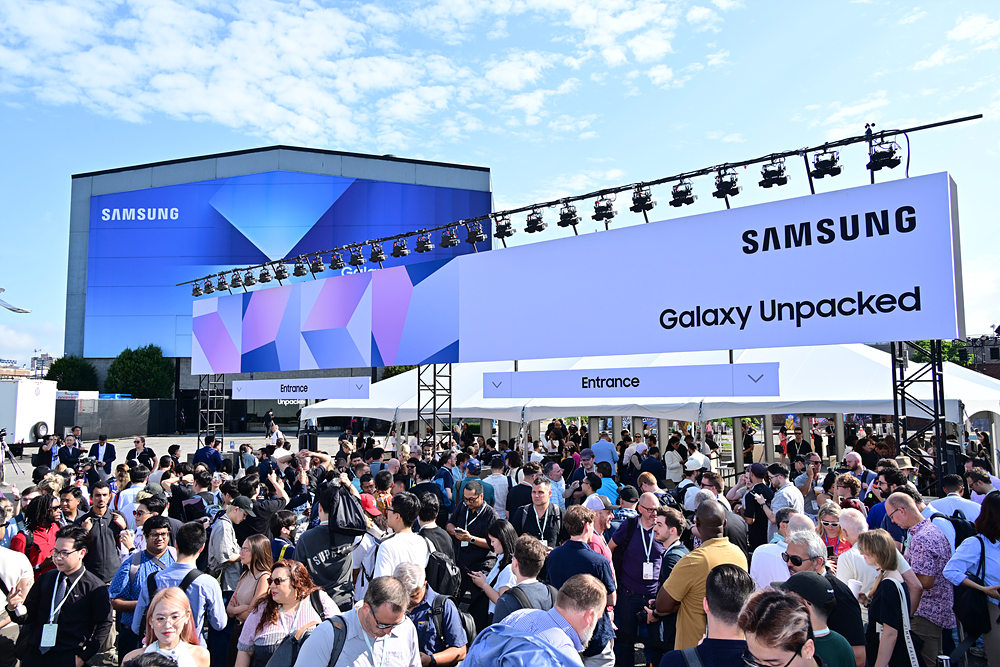
Recently, Global Times Technology reported that foreign media said Samsung will adopt its self-developed Exynos 2600 for the base versions of Galaxy S26 and S26+, with a unit price about 20 to 30 US dollars lower than that of Qualcomm Snapdragon 8 Elite Gen 5. This move is interpreted as an effort to enhance its negotiating position and improve the profit margin of its mobile business.
Putting self-developed chips back in the base position of mainstream flagship lines may seem to bring unit cost advantages on the surface, but from a technical perspective, this decision is fraught with multiple uncertainties. Firstly, Exynos 2600 claims to be based on Samsung's 2-nanometer GAA process and introduce features such as thermal conduction blocking (HPB). However, the performance and energy efficiency improvement data provided by the manufacturer and multiple media outlets are reported differently. Some reports cited Samsung's disclosure that 2nm has a significant improvement in performance and energy efficiency compared to 3nm and reported a yield range of 50-60%, while other industry sources believe that the yield is still in a fluctuating stage. This kind of data splitting directly affects the feasibility of mass production and the stability of supply. If the yield rate is truly lower than expected, even if the cost per piece is $20 to $30 cheaper on paper, the low actual effective shipment rate will significantly increase the overall manufacturing cost and delivery risk, making the short-term profit increase become a paper gain.
Secondly, from the perspective of system-level performance, it remains to be verified whether the AI performance improvement brought by NPU reinforcement and GAA process can be continuously reflected in the overall machine scenario. The AI performance of a chip is not merely about the peak computing power of the NPU, but also relies on memory bandwidth, IO scheduling, heat dissipation design, and the collaborative optimization of software and hardware. If the Exynos 2600 is constrained by insufficient heat dissipation and software optimization in real-world scenarios, its performance under AI inference and continuous load may be lower than that of its competitors at the same price range, thereby affecting user experience and evaluation reputation.
Secondly, the design of CPU sub-cores in the System on Chip (SoC) architecture is also a key point. In recent years, Qualcomm has achieved good performance in single-threading and energy consumption balance through self-developed custom CPU cores, which has become one of the key factors contributing to its performance reputation. Historically, the Exynos series has often been compared with Qualcomm chips in terms of CPU performance and energy efficiency ratio, and there have been multiple instances of evaluation differences and user complaints caused by regional differentiated configurations. If the Exynos 2600 fails to make breakthroughs in CPU microarchitecture or scheduling strategies, it will be difficult to compete head-on with Snapdragon flagships under the same power consumption or temperature control conditions.
From the perspective of the industrial chain, the pricing advantage of internal supply is not a long-term moat. Internal pricing can reduce material costs in the short term, maintain stable terminal prices or increase gross margins. However, in the long run, if the LSI department needs to support MX shipments at the expense of its own profits or through scale subsidies, it may hinder the sustainable development of its independent business. In addition, regionalized chip allocation (such as Ultra's exclusive use by Qualcomm and the basic version's priority adoption of Exynos in the EU and developing markets) will bring about complexity in supply management and software adaptation, further increasing testing and verification costs as well as market launch risks.
Technical risks also include the impact of fluctuations in new processes on ecosystem partners: component suppliers, heat dissipation solutions, and system-level software partners must simultaneously adapt to the physical and thermal property differences brought by 2nm GAA. Any lag in optimization at any link will amplify the performance and reliability differences at the end. Even if the energy efficiency or thermal control improvements mentioned in the current publicity hold true, how to strike a balance among large-scale shipments, long-term stability and cost remains a hard problem at the engineering level.
To sum up, simply using "a single chip is $20 to $30 cheaper" as a replacement reason ignores the yield rate, system-level performance, core competitiveness of the CPU, as well as the systematic costs of supply chain and software adaptation. If decisions are based solely on short-term profit statements or bargaining strategies, they may come at a higher cost in the medium and long term in terms of market performance, return rates or word-of-mouth costs. In terms of countermeasures, it is recommended to strengthen third-party benchmarking and long-term load testing before mass production, accelerate the software and hardware collaborative optimization with Android's underlying and application partners, and establish a transparent yield and supply plan to reduce the risks brought by regional distribution. Only when the technology and engineering verification are sufficient can the cost advantage of vertical integration be transformed into truly sustainable competitiveness.

Since 2022, the Fed has cumulatively reduced its balance sheet by $2.4 trillion through quantitative tightening (QT) policies, leading to a near depletion of liquidity in the financial system.
Since 2022, the Fed has cumulatively reduced its balance sh…
On December 11 local time, the White House once again spoke…
Fiji recently launched its first green finance classificati…
Recently, the European Commission fined Musk's X platform (…
At the end of 2025, the situation in the Caribbean suddenly…
The U.S. AI industry in 2025 is witnessing a feverish feast…